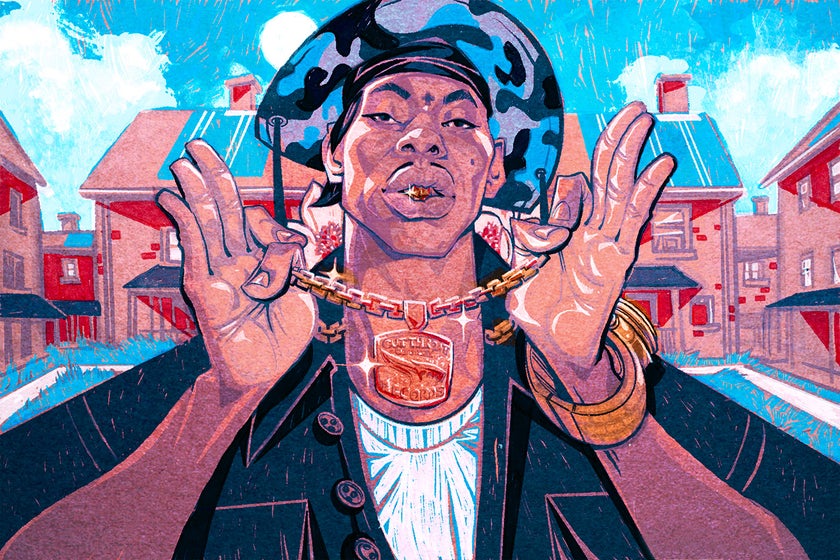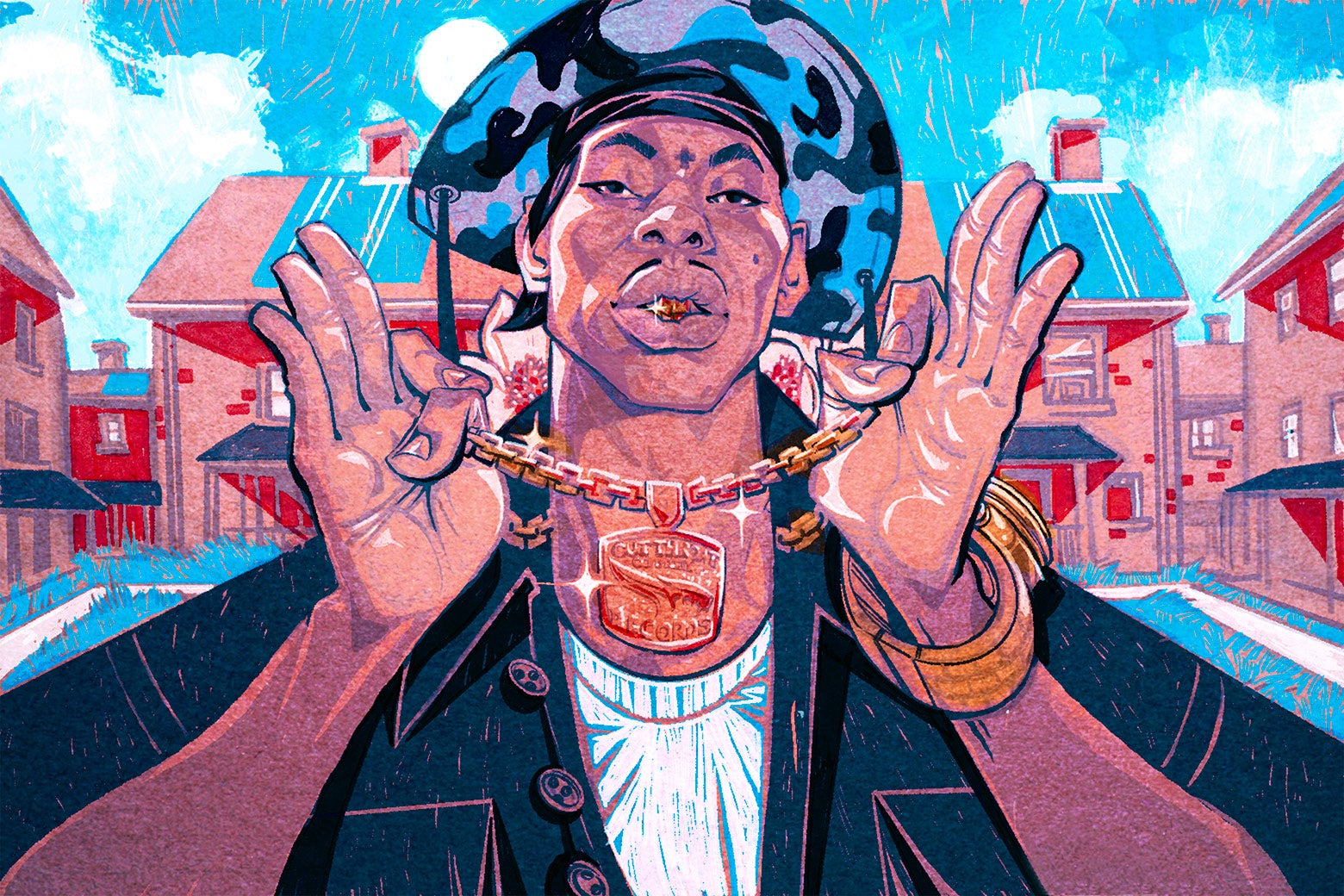KingsOfKings
🍊 Let's Talk Numbers 🍊

In New Orleans last November, between two new apartment buildings where the Magnolia public housing development once stood, paradegoers lined up to take photos with a life-size cutout of the rapper Soulja Slim. For each shot, photographer Polo Silk repositioned the cutout in front of a towering collage of other images of Slim. When it was their turn to pose, some women turned their backs to the camera and twerked to the bounce music played by a nearby DJ. No one could get the streets of New Orleans buzzing like Slim, even 20 years after his death.
Polo had first made a photo backdrop of Slim for his funeral in 2003, and he was now up to his fourth. People still wanted to be close to Slim, Polo said, because of “his realness.” Polo lived in the Magnolia and knew Slim when he grew up there and started rapping: “Everybody could really relate to what he was saying. … He was like our king.” When Slim was shot and killed at age 26, Polo said, he ascended “to sainthood.”
In the years since, reverence for Slim has spread to the upper echelons of hip-hop culture. Lil Wayne rapped, “Soulja Slim was a leader/ Who am I not to follow greatness?” Referring to Slim, Jay-Z rapped, “I’m a soldier from that mode—I’m the ghost of him.” Rihanna recently dined out in a Slim T-shirt under a kimono coat and several strands of pearls. Soulja Slim isn’t a household name; he’s something rarer: an icon’s icon.
It’s a remarkable position considering his modest national profile when he was alive. After a prison stint attenuated his first big break, Slim was killed before he could carry out a hard-won relaunch.
Still, in a sign of the prodigious afterlife in store, it didn’t take long following Slim’s death for some of his plans to come to fruition. During his last months, he had recorded “Slow Motion,” an ode to grinding hips and, to maximize its publicity, had his friend Juvenile add a verse and include it on his upcoming album. After Slim died, Juvenile didn’t initially release it as a single, but the track, like Slim himself, was undeniable. In August 2004, nine months after Slim was murdered, he became only the sixth artist ever to score a posthumous No. 1 hit. The song was credited to Juvenile featuring Soulja Slim, but Juvenile was quick to say that it had come from Slim, and to shout him out when he performed it, as in last year’s viral Tiny Desk Concert.
After this crossover success, Slim’s star continued to rise, in hip-hop and across south Louisiana. But while “Slow Motion” conferred his rank in the music industry, his legend grew from a groundswell, originating in the Magnolia and staying mostly out of mainstream view.
The scant mentions of Slim in legacy media over the years have nearly all concerned his murder, one of the more prominent cold cases in rap. In the decades since he was gunned down only steps from his mother’s front door, rumors have swirled about why he was targeted, but no one has been charged for the crime.
The mystery still drives traffic online and may have boosted his name recognition more broadly, but for many fans, assigning responsibility for his death has been less urgent than finding meaning in his life.
Born James Tapp Jr., Slim first became known around the Magnolia as Ice Cream, a tall kid who cut hair on his porch and kept everyone laughing. DJ Captain Charles, who broke a lot of early hip-hop records in New Orleans, lived in the complex and knew Slim since he was a baby: “Some people walk into a room and then it just get full of life. He was that kind of guy.”
The pioneering emcee Mia X, a collaborator and close family friend of Slim, met him when Slim was 15 and brimming with creativity. “He could design clothes, he could draw anything,” she recalls. “His hands were blessed.” He could also rap. After watching him move the crowd at a block party in the Magnolia around 1991, the DJ and producer KLC invited him to his basement studio, a hotbed of early New Orleans hip-hop, and taught him how to structure a song.
At the same time, Slim was taking lessons from the drug dealers in his courtyard. His mother, Linda Tapp Porter, known widely as Ms. Linda, tried to steer him away: “Used to catch whippings with a leather belt, but that ain’t stop nothing,” Slim would rap. Even as he got hooked on the cocaine and heroin he was selling, he started recording music and performing as Magnolia Slim.
more

He Died 20 Years Ago. He’s Still New Orleans’ Hottest Rapper.
The mystery of Soulja Slim’s death still hasn’t been solved, but the city is finding new meaning in his life.
